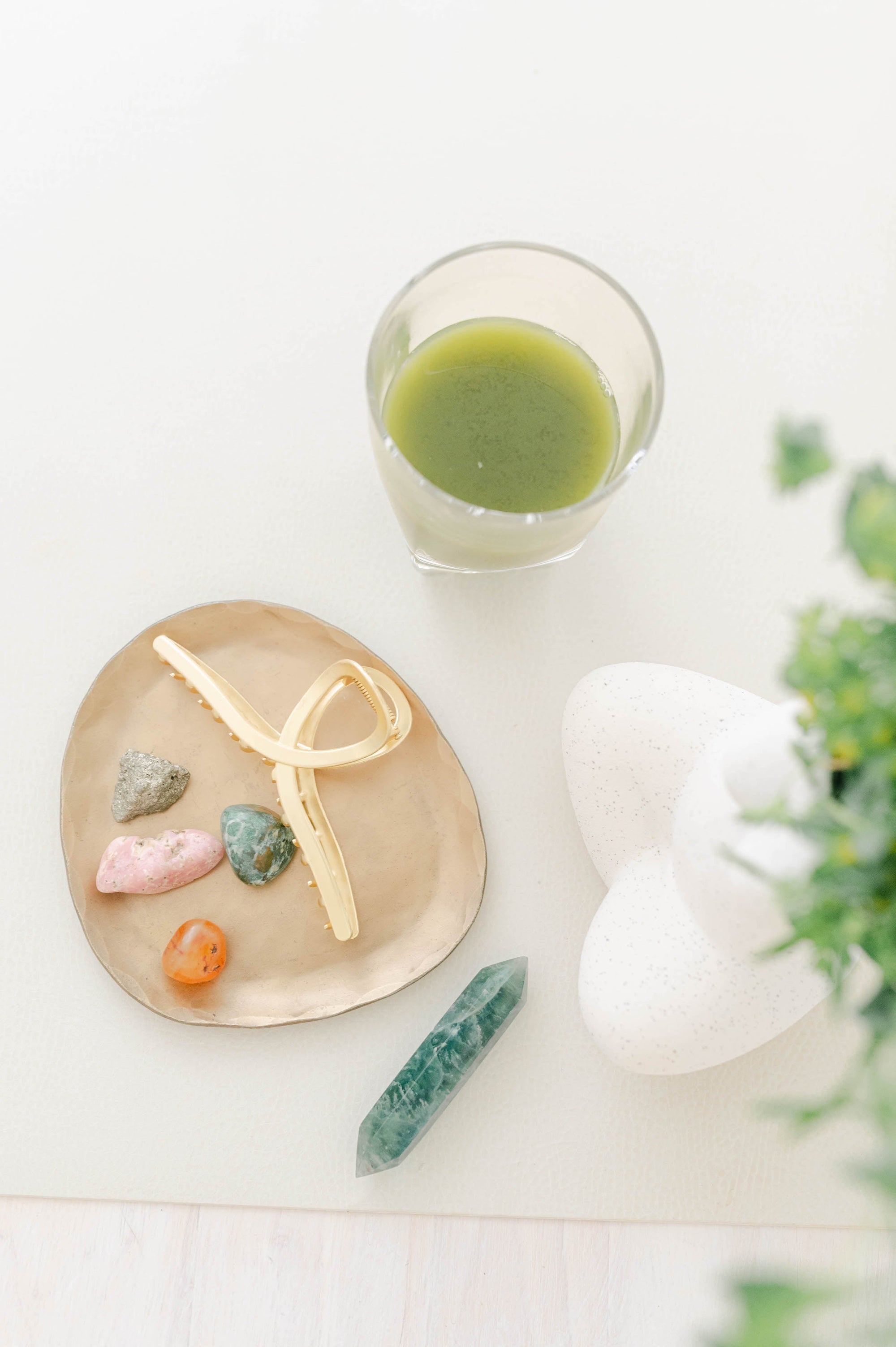"OMG, you’re glowing!!! Spill your secrets!”
“I got a peel from x spa! Isn’t it amazing? You should try it!”
Facial peels are a common spa treatment that you might hear a lot of people rave endlessly about. While a chemical peel seems like a miracle treatment, what you may not know is how it can be damaging to the skin long term. If you’re looking for that radiant glow, there’s no need to attack your skin with harsh chemicals to get results.
I prefer to treat the skin gently, using organic products your body already recognizes without harming the natural function of your skin. Let’s break down the science of chemical peels, why they can be beneficial to the skin, and the proper way to use them in your skincare routine.
The instant glow after a chemical treatment can become addicting, but at what cost? Over time, stripping away your skin’s natural defenses can result in increased hyperpigmentation, acne, and breakouts. Who wants that? (Not me!)
In my treatment room, I use botanicals and oils that are anti-inflammatory and reduce the risk of dermal toxicity, and the results are beyond our expectations! I see my clients having healthier and more glowing skin using gentler products without the heavy chemicals.
My core value in making skincare is to help aid your body’s naturally functioning systems and approach the skin like it already knows how to do its job. Instead of daily peels and lots of AHAs, breaking down your skin’s natural defense and moisture barrier, and stripping it of all that protects it, I use products that aid your skin in its ability to heal and take care of itself.
What are AHAs and BHAs?
When the skin is congested and you’re experiencing certain chronic conditions (like acne, eczema, psoriasis, etc.), acids can be useful to help with the cellular turnover of your skin. The two most common types of acids used in skincare are Alpha Hydroxy Acids (AHAs) and Beta Hydroxy Acids (BHAs).
AHAs include glycolic acid and lactic acid. Let’s break them both down.
Glycolic acid is a powerful exfoliant that removes calcium ions from surface skin cells, which causes dead skin cells to slough off, exposing a new layer of skin. This creates improved skin texture and a reduction of pore size and fine lines, and creates a “glow.” Because it’s the smallest molecule in the family of AHAs, this allows it to re-texturize the skin with a smaller concentration than other acids, making it super effective, but also the most dangerous. It’s often sold in too high of a concentration (any more than 20% is too much) and can have detrimental reactions when using it with other active ingredients like other AHAs, BHAs, Vitamin C, and retinol and can cause irritation and inflammation in the skin.
If you're looking for a gentle at-home AHA, try these peel pads. They are only 10% glycolic acid and work wonderfully to gently remove dead skin.
Lactic acid, another form of AHA, is a larger molecule and due to its size isn’t able to penetrate the skin like glycolic can. So while it offers similar benefits to its sister AHA (improved skin texture, skin tone evening, collagen stimulation, reduced pore size and fewer fine lines) it requires usage over a longer timeframe to see results. It’s why I recommend using goats milk yogurt with some of your skincare: it’s much gentler and also contains moisturizing properties. Lactic acid can be found in the Botnia Daily Face Wash, if you want to give it a try.
Bottom line:
There’s no need to burn off your skin to glow! AHAs can be a wonderful ally in your skincare because they can gently help to remove dead skin cells from the surface of your skin, but you want to make sure you’re using them in the right percentage to prevent harmful damage. If you’re wondering which product is right for you, reach out and I'll help you choose! This Fall, book your facial appointment with me so you can glow with gentle yet powerful and effective natural skincare! See you in the treatment room-- book here!
Xo, Jennie



